When my tiny hiking companion grabbed a precariously protruding ledge above her head and looked back with uncertainty, the 13-year-old’s words summarized our expedition up Mount Katahdin.
“When I feel tired, I just imagine the mountain is alive, and it suddenly takes away my tiredness,” said Corinna Rec, daughter of Press Herald/Sunday Telegram photographer Greg Rec.
The image, real and powerful in my mind, gave me new energy as I climbed the rock face on the Cathedral Trail.
“You’re communing with the mountain. You’re bonding with it,” I said. “Did you see the movie ‘Lord of the Rings’? You know those trees that carried the hobbits? They were alive but they embraced the hobbits. It’s like the mountain is embracing you.”
On this rare, sun-splashed, blue-sky day on Katahdin it was easy to imagine giant trees with faces, or even a mighty mountain hugging the pilgrims toiling up its rock walls. It was easy to imagine after we reached the nearly 5,300-foot peak because hikers arrived in a steady stream – smiling, marveling, even laughing.
When I climbed Katahdin for the first time in almost 20 years – and the first time being rewarded with a view – what struck me were the smiles.
These hikers were worn but happy. And each one of them shared with words or smiles a singular thought: How lucky are we to have this day?
I came to Katahdin for the first time in almost two decades to climb across the Knife Edge, the mountain’s dramatic, narrow spine that is made up of jagged rocks and sheer drops.
I spend a week each summer in Baxter State Park with my boyfriend, camping and looking up at Katahdin. We are always asked if we plan to hike the mountain. But I have had no desire since the climb means being with crowds.
But now the Knife Edge called to me. It wasn’t the challenge; I wanted to know the mountain better. The ragged, narrow part of the mountain’s spine was a mystery I wanted to understand.
In the end, the truth to the Knife Edge depends on who you ask.
“It’s intense. I would not recommend walking and looking around,” said James Hutchinson, 22, of Saco, after traversing the Knife Edge for the first time. “This is my fifth time up Katahdin. This was the first time I could do it. Either the weather turned us back or the people I was with didn’t want to do it.”
In most places, the Knife Edge is a 3- to 5-foot wide path before it drops off. The path is as narrow as a bog bridge. But consider the nature of that rock path. In most places, it is a hand-over-hand experience that requires balance to traverse because of how easy it is here to turn an ankle between two boulders or cut a knee on sharp, jutting rocks.
One young man with an Old Town T-shirt yelled an expletive at his friends, saying there were sharp rocks to the right and sharp rocks to the left. The scene would have been comical if not for the fact that several feet away was a drop-off of hundreds of feet.
“I did it 25 years ago and six years ago. I figure I met my life quota,” said Bill Lisano of Burlington, Massachusetts, standing at the summit and looking at the Knife Edge.
Many back away because of the physical challenge and unpredictable weather conditions.
“When I did it 12 years ago, there was no wind and it was 90 degrees. There was a heat advisory. It was hard for that reason,” said Susan Baker, 53, of Shapleigh as she climbed up Katahdin toward the Knife Edge.
“I have a little vertigo. But I work through it. It’s good to challenge yourself.”
Then there are the more experienced hikers, such as Nina van der Pluijm of Moncton, New Brunswick, who has climbed more daunting peaks in Europe.
“It’s not as bad as the Matterhorn. That’s a bit more grisly,” van der Pluijm said of the nearly 15,000-foot peak in the Alps as she made her way steadily across the Knife Edge with her husband.
Baxter State Park Ranger Jen Sinsabaugh said it takes most people close to two hours to traverse the Knife Edge, although some take as long as six hours.
“About 10 years ago the park closed the Knife Edge if it was raining. Now (hikers) need to assess the conditions, like the wind. It’s surprising how much of a factor it can be,” Sinsabaugh said.
As luck would have it, we received a sunny, windless, warm gift – a fact lost on no one at the summit. You don’t always get that at 5,000 feet above sea level.
When I last hiked Katahdin in 1999, it was foggy with some rain. Baxter Peak had snow and gusts. My friends and I touched the summit cairn and quickly turned around.
My visit to Katahdin’s summit after a 17-year hiatus revealed one great truth: Every journey can bring rainy days or sunny days, good and bad weather, great joy or terrible sadness – the yin and yang of life as we toil onward.
The good news, Katahdin promised me, is that there will be unbelievable, breathtaking panoramic views. It may take 17 years to see them. And it may happen on a 5,000-foot mountain, or on the face of a smiling friend who’s suffered tragedy, or even in a song that sums up a loved one you’ve lost.
But that moment will arrive on your journey – when the skies are clear again, the sun warm and the views beautiful.
At least, that’s what Katahdin told me.
Send questions/comments to the editors.


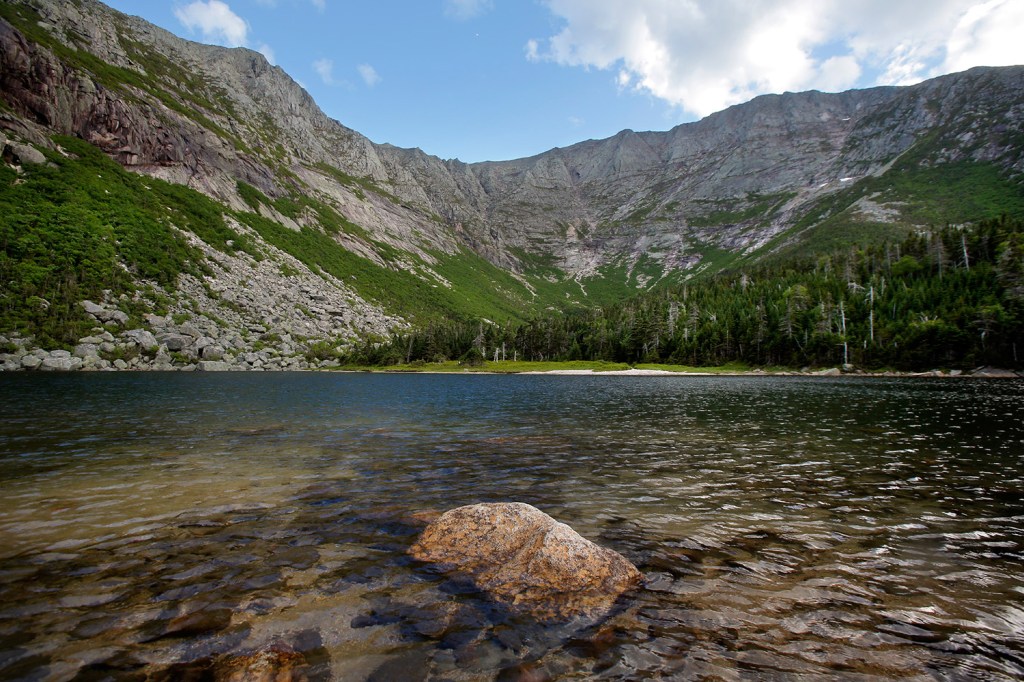

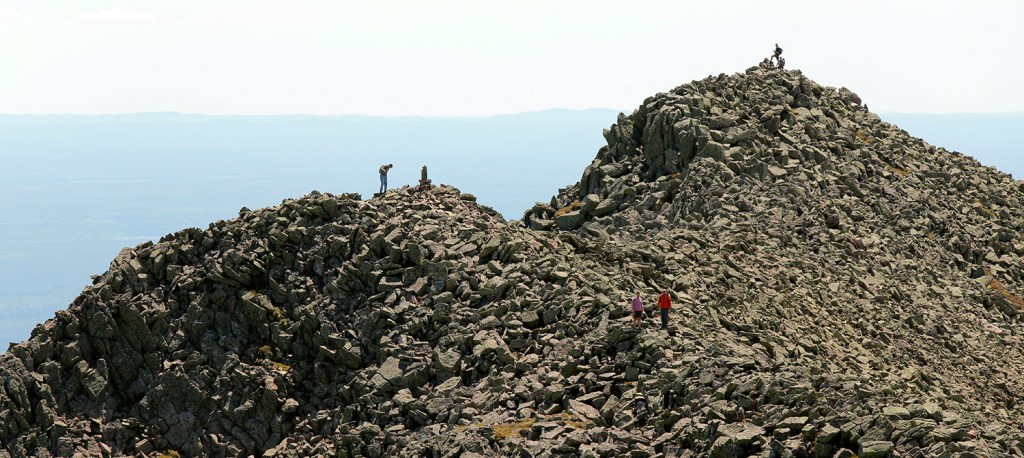

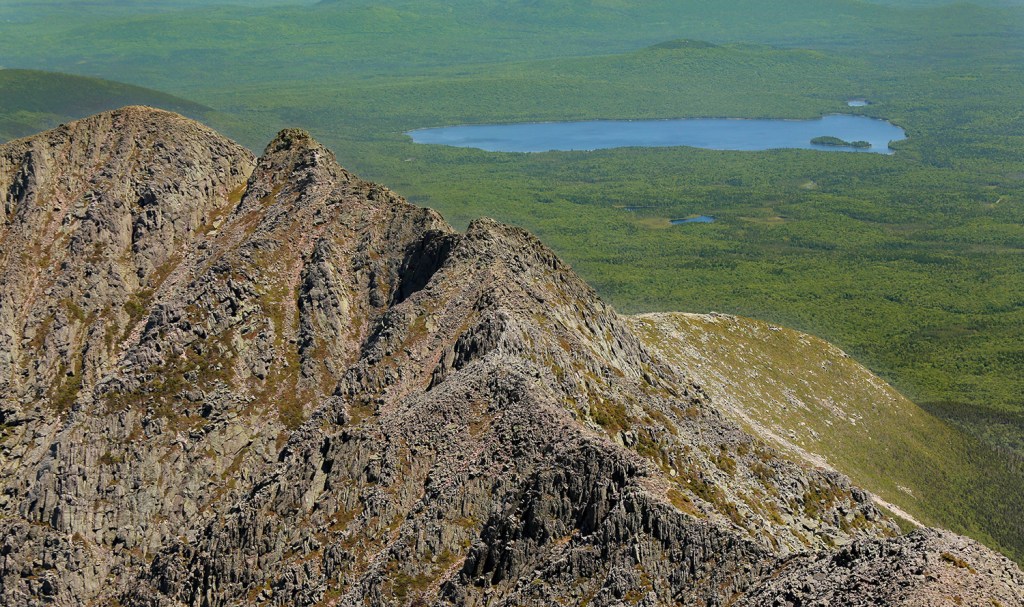
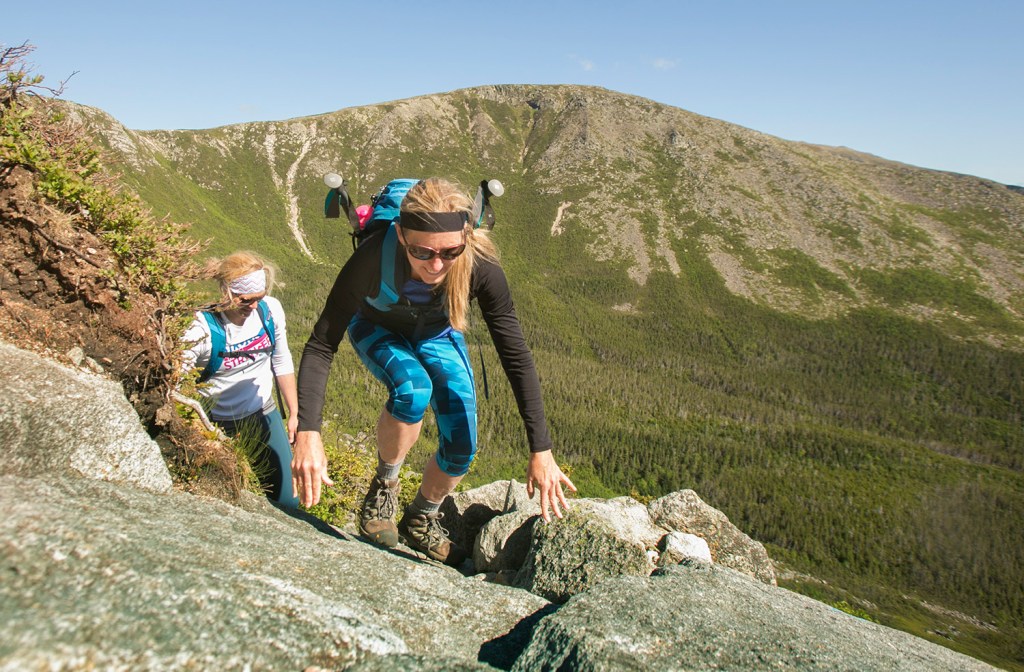




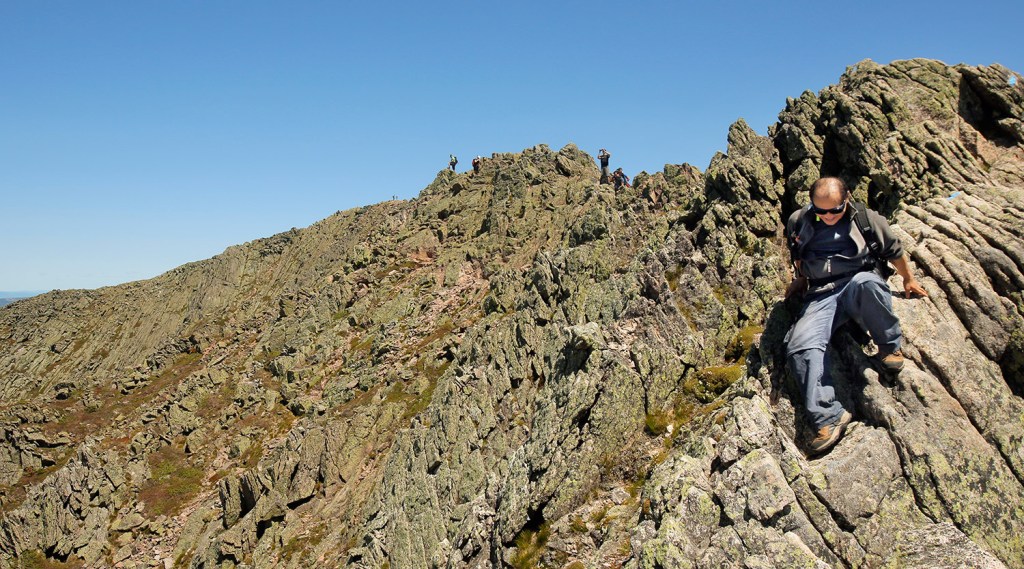
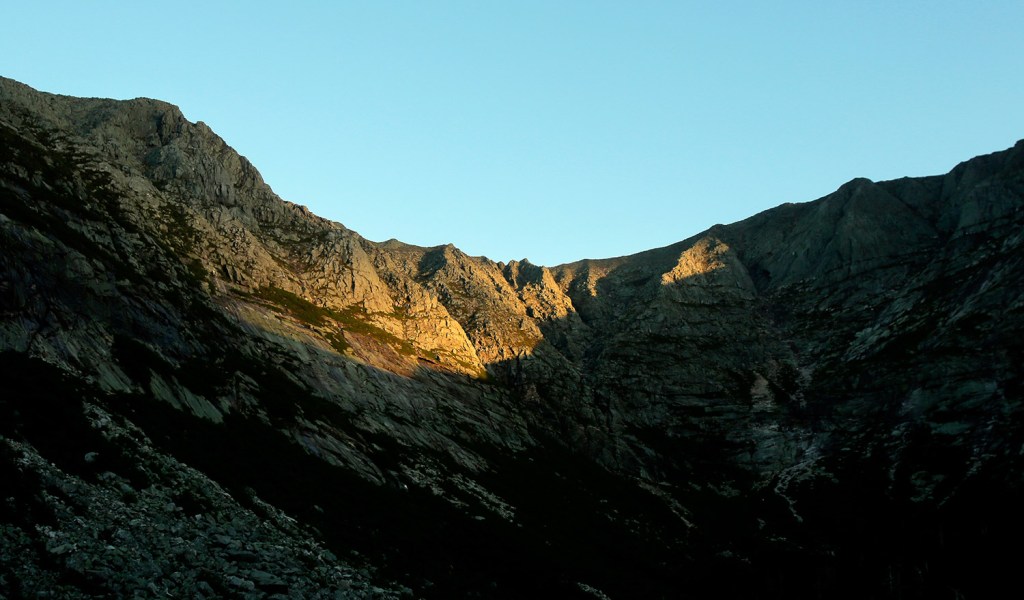

Comments are no longer available on this story